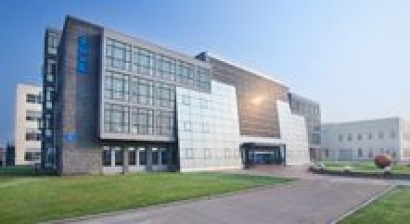
The initiative is driven by investment from the Changzhou State-Owned Asset Investment Corporation, Changzhou Trina Solar Energy Co., Ltd., and the Changzhou Foreign Language School.
The Changzhou Trina International School is also supported by the Changzhou New District Government and the Changzhou Education Bureau.
The international school will primarily attract children from the expatriate community, as well as students from within Jiangsu Province who have demonstrated outstanding academic achievement, the company said in a written statement.
The goal of creating a school of recognized international standards is to meet the city's growing demand for a first-class international education service, and will serve as an important pillar to attract international talents to Changzhou.
The private school will provide international curricula for kindergarten, elementary, middle school and high school students, and is expected to open operations in the fall of 2012. The Company will invest an estimated $11.9 million for an approximate 31% equity stake.
"We are extremely proud to be involved in the establishment of the Changzhou Trina International School, which will help to educate young people and promote academic excellence in an environment of cultural diversity," said Jifan Gao, Chairman and CEO of Trina Solar. "This non-profit venture will meet the educational needs of the children of the foreign expatriate community, as well as outstanding students from the province.
“In addition to providing benefits in line with our Corporate Social Responsibility commitments, we believe the school's establishment will offer Trina Solar a strategic competitive advantage in attracting and retaining first class solar industry management over the long term, as well as R&D talent to complement the opening of our National PV Research Laboratory within our Changzhou Trina PV Park," Gao said.
In other Trina news, in late December the company launchedthe mass production of high efficiency cells and modules based on its proprietary Honey technology at its North-East campus in China. The manufacturing volume is expected to reach 500 MW annually, using the Honey platform, which helped to create the world record of power output for the standard-sized modules this year.
For additional information:

